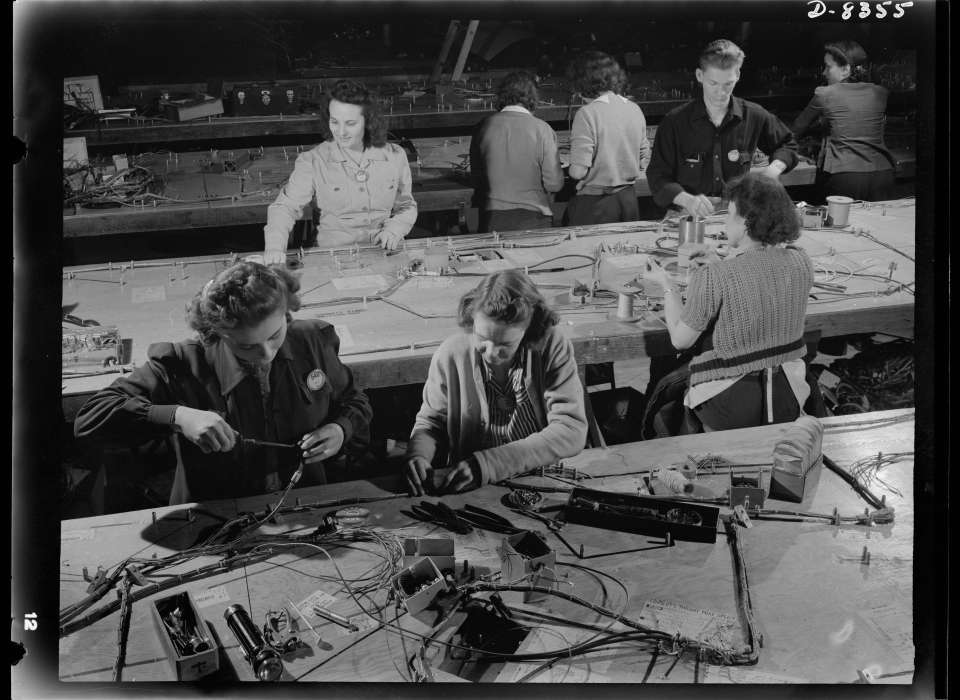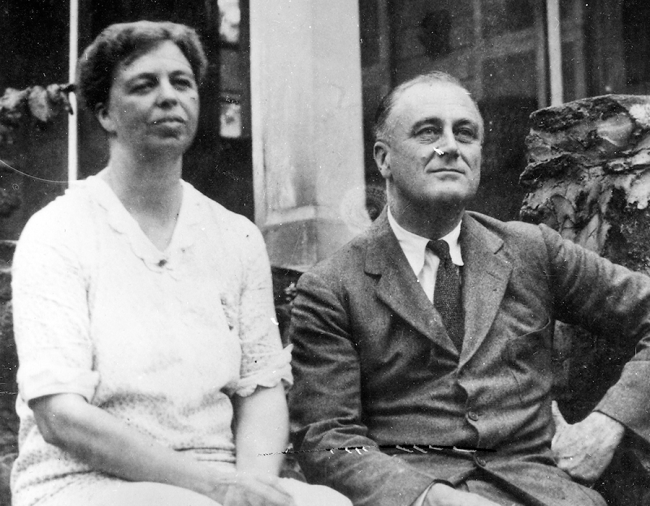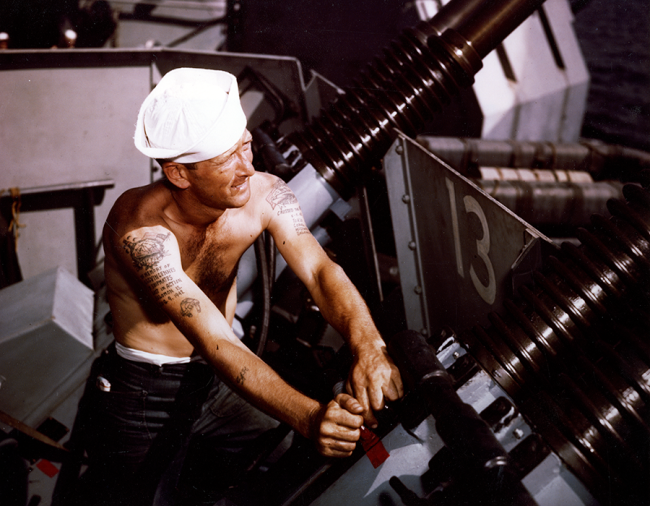Primary Image: (Image: Library of Congress, LC-USE6-D-008355.)
Early on in World War II, Reichsmarschall Hermann Göring, one of Adolf Hitler’s top lieutenants, said that Americans could only make refrigerators and razor blades—they would never be able to produce the military equipment and supplies necessary to defeat Nazi Germany. Hitler took the same view in his public speeches, but privately he knew the clock was ticking. Germany would have to achieve victory fast, before American production had time to ramp up.
Hitler was right. The Great Depression had slowed down many American industries, but they were far from dead. Even in 1938, when the European war had yet to begin and the United States was dealing with an economic recession, the national income in America was nearly double the national incomes of Germany, Japan, and Italy combined. Americans also produced more steel than Germany that year and mined almost double the amount of coal. Even the depressed economy played a role in making the United States a potentially formidable foe. With so many factories offline, there was a large reserve of industrial equipment and unemployed citizens available for immediate work.
"Powerful enemies must be outfought and outproduced."
President Franklin Delano Roosevelt
By May 1940, President Franklin Delano Roosevelt had decided it was time to activate this sleeping giant. France was collapsing, and Great Britain stood virtually alone against the Axis powers in Europe. The United States was not in the war yet, and the public wanted to keep it that way. Still, Roosevelt realized America had to be prepared to defend itself, and he hoped he would be able to offer the Allies some kind of assistance. He urged Congress to increase military funding from $24 million to $700 million. In his Annual Budget Message on January 5, 1942, Roosevelt said, “I should like to see this nation geared up to the ability to turn out at least 50,000 planes a year.”
Wanting to ramp up American production for war was one thing; making it happen was another. Roosevelt knew the federal government could not simply put in an order for the massive amount of equipment and supplies the military needed and expect it to arrive. Businesses would have to willingly transform their factories and workforces to achieve an unprecedented level of efficiency and productivity. To organize this effort and get private companies to cooperate, Roosevelt recruited business leaders who knew how to build complex products quickly and in large numbers. He started with William Knudsen, President of the giant automobile manufacturer General Motors. Knudsen had worked in the automobile industry for decades and was an expert in mass production. He quickly assembled a team of industrialists to work out the problems of mass-producing guns, tanks, ships, and other goods. He also lobbied for policies that would make companies more willing to do business with the federal government, including tax incentives and advance payments for retooling and improving their production lines to make war materials.
With these measures in place, Knudsen and his team were able to approach individual companies to get their help producing the long list of items needed to fight the war. Chrysler, an automaker, agreed to invest millions of dollars into new facilities to produce tanks and anti-aircraft guns. Another automaker, Ford, built a mile-long assembly line to manufacture B-24E Liberator aircraft. Henry Kaiser, who had made his fortune contracting for major projects like the Hoover, Grand Coulee, and Bonneville dams, set up a series of shipyards on the Pacific coast that turned out Liberty ships at a record rate. By October 1940, Knudsen’s team had arranged 920 contracts for everything from airplanes to mosquito nets, and more were on the way.
Finding enough workers to run the factories was another challenge. Many of the Americans who would traditionally have filled these jobs—young white men—were quickly filling the ranks of the US military instead. Two key groups, women and African Americans, helped close the gap. Before the war, society generally expected women to focus on housekeeping and child-rearing once they were married. Moreover, women who did work typically did not perform the kinds of tasks manufacturers needed now. As American industries mobilized, however, the allure of high wages and the need to make ends meet combined with the labor shortage drew women into all kinds of factory work that had previously been done almost entirely by men. The concept of American women stepping into these new roles was epitomized in the character of “Rosie the Riveter,” popularized in song and illustrations.
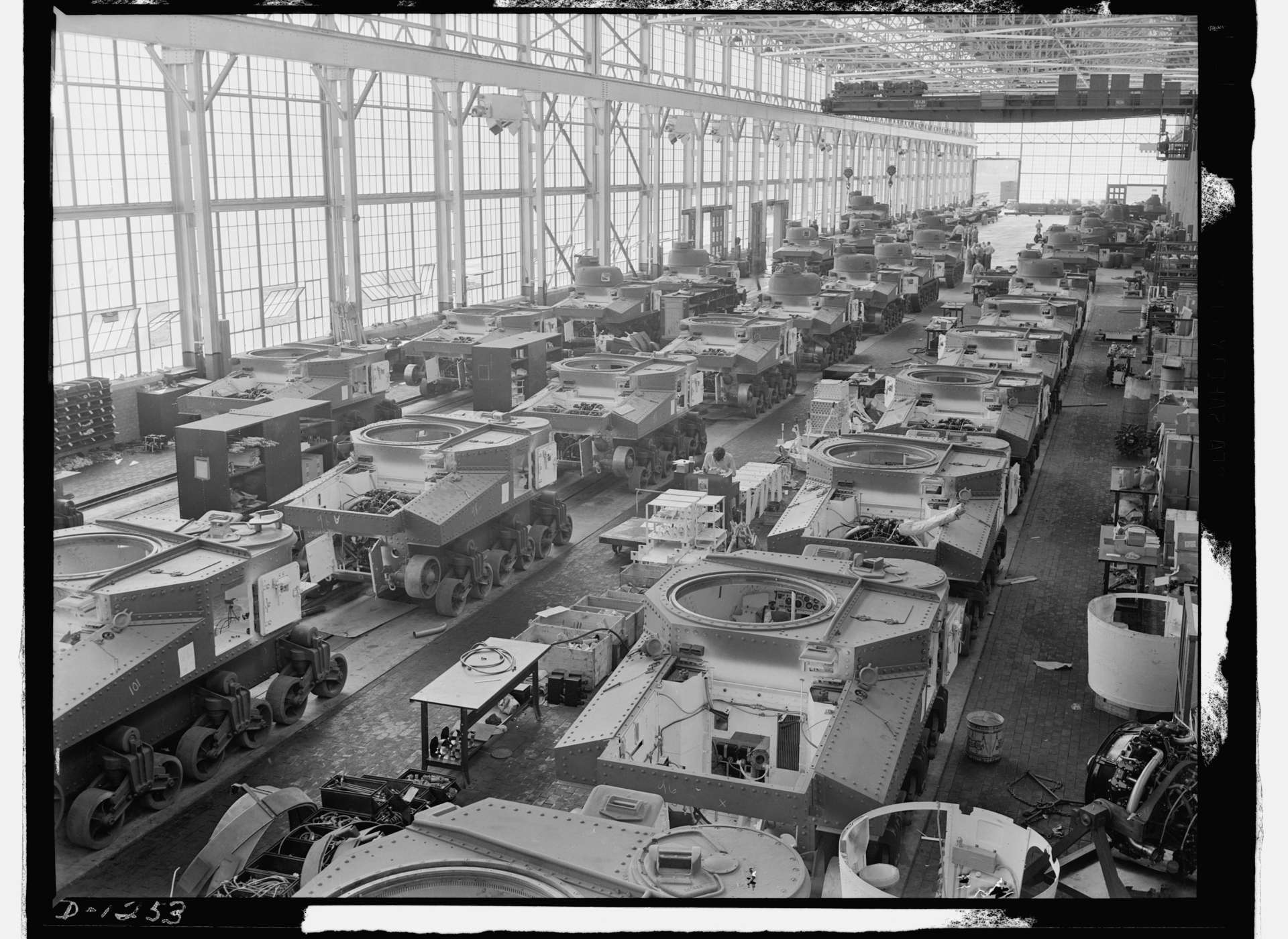
Tanks move along an assembly line that produced cars and trucks before the war at Chrysler in Detroit (ca. 1941).
(Image: Library of Congress, LC-USE6-D-001253.)
African Americans were largely absent from defense industry jobs at the start of the war, owing to a combination of legalized and de facto segregation all over the United States, not just in the South. Half of the defense contractors who responded to one prewar survey by the US Employment Service said they would not hire African Americans for any job. This infuriated A. Philip Randolph, founder and leader of the Brotherhood of Sleeping Car Porters, one of the nation’s largest African American labor unions. Randolph, who was already fed up with ongoing discrimination in the military, called for an enormous march in Washington, DC, to protest inequality in the military and defense industries. Just days before the march was to take place, President Roosevelt met with Randolph and other African American leaders to negotiate. The result was Executive Order 8802, which banned racial discrimination in federally contracted defense industries and established a Fair Employment Practices Committee to enforce the new rules. This was no quick fix. Employers still frequently hired as few African Americans as possible and gave those they did hire menial tasks with less pay. For many African Americans, however, even these jobs were a step up, and millions took advantage of the opportunity.
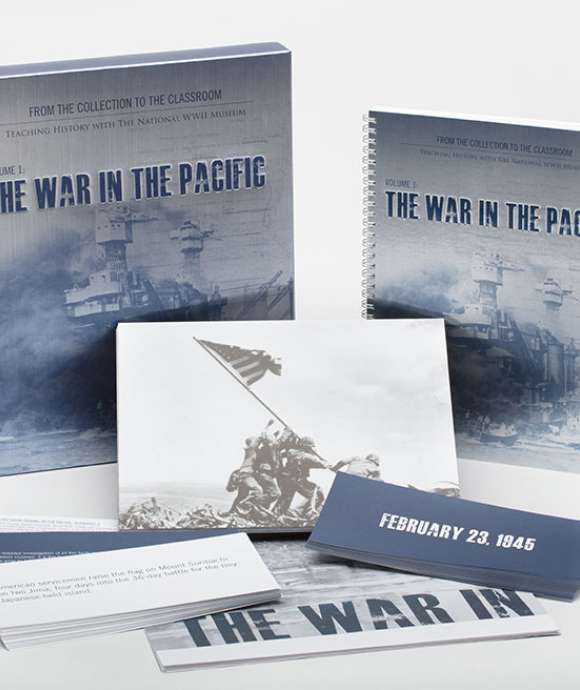
Like this article? Read more in our online classroom.
From the Collection to the Classroom: Teaching History with The National WWII Museum
By the time the Japanese surrendered in 1945, the United States had fulfilled President Roosevelt’s admonition to become the great arsenal of democracy. American manufacturers had turned out more than 96,000 bombers, 86,000 tanks, 2.4 million trucks, 6.5 million rifles, and billions of dollars’ worth of supplies to equip a truly global fighting force while maintaining a robust Home Front as well. The effects of this colossal effort far outlasted the war itself. Rather than returning to its depressed prewar state, the national economy added some 20 million new jobs over the next quarter century, doubling the size of the middle class. The wartime movement toward social and economic equality for women and African Americans proved to be less transformative, at least in the short run. Women were generally expected to give up their new roles in American industry to make way for the returning male veterans when the war ended, and even the federal government’s wartime interventions failed to completely break the persistent hold of racial discrimination. Still, these experiences laid the groundwork for future debates over gender and racial equality that would ultimately prove more fruitful.
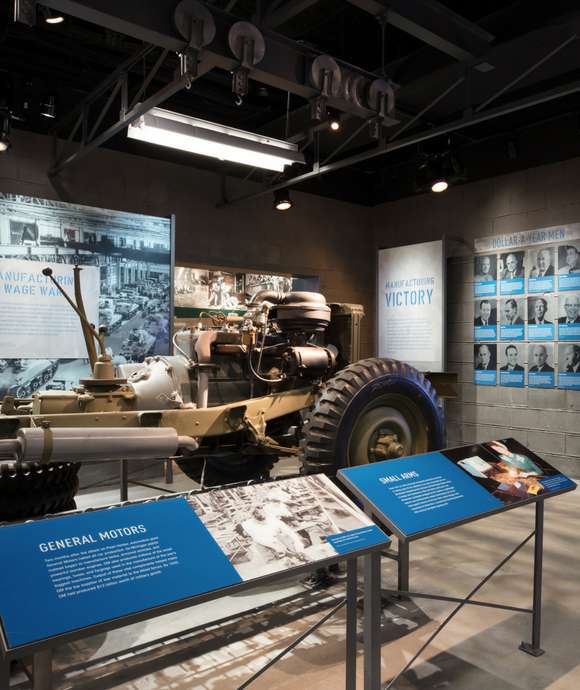
The Arsenal of Democracy
The permanent exhibit The Herman and George R. Brown Salute to the Home Front shows how Allied victory was an epic undertaking fueled by stateside industry, ingenuity, and the labor of millions of patriotic Americans.
Cite this article:
MLA Citation:
APA Citation:
Chicago Style Citation:
